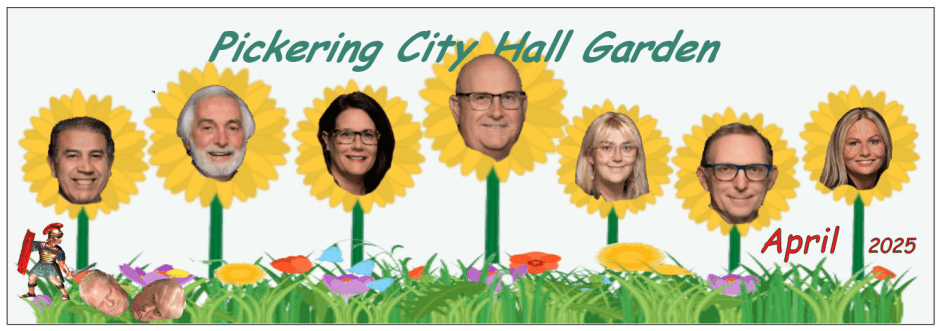 The old ways of editing may have been easy but they just aren’t the way in the electronic era. Today, many writers use electronic tools to write their material, wordprocessing programs such as WORD, TEXTMAKER, LIBRE OFFICE and NEAT OFFICE. Each of these programs has a process for editing which makes the old fashioned way ineffective, tedious and inefficient.
The old ways of editing may have been easy but they just aren’t the way in the electronic era. Today, many writers use electronic tools to write their material, wordprocessing programs such as WORD, TEXTMAKER, LIBRE OFFICE and NEAT OFFICE. Each of these programs has a process for editing which makes the old fashioned way ineffective, tedious and inefficient.
Long hand vs. digital writing
There are writers who swear by the long hand process of writing. They claim they have a better feel for things, sorry. They may have but it is a slow, tedious and inefficient way of putting words to paper. Still, there are writers who will not give up the old method, claiming it as tried, true and working for them. Be it so, digital writing has an endless array of benefits from portability to legibility, even allowing for rewriting with the original untouched waiting for review and reconsideration.
Digital editing trumps all other editing processes
Nearly every wordprocessing program includes a system for editing and revising material. The digital process has numerous advantages over the old editing process where the writer compared the hand written edits on a copy of the manuscript to its original. This method was and is a serious waste of valuable time and energy. Errors are made by mistakenly overlooking edits; confusion and mistakes are made in locating the same place in both documents; and time is drawn out in finding corresponding points between edit and originals, let alone the time used up in lengthy rewrites.
Hand writing is archaic and inefficient. Digital editing permits comparison of the edits and the original without overwriting or rewriting. Depending on the program, usually the writer has the option of accepting or rejecting the suggested edit allowing the word processing program to make the appropriate changes to the original text. No physical rewriting by the author at all.
Learning curve for writer and editor to be on the same page
Obviously, the writer and editor need to select the same wordprocessing program in order to do the colloborative writing and editing process. Most likely, there will be a bit of a learning curve for whoever is catching up on the digital era with use of the technologically advanced method. However, the gains from learning the editing procedure and its management become very evident once the user(s) becomes proficient and practiced with the new procedures.

The time and energy saved, the efficiency and effectiveness gained by the modern digital method of writing and editing far outweigh the ‘feels good’ comfort of the old way of writing.
The old methods no longer cut it, though they still can be used. But so can a chisel and stone.










